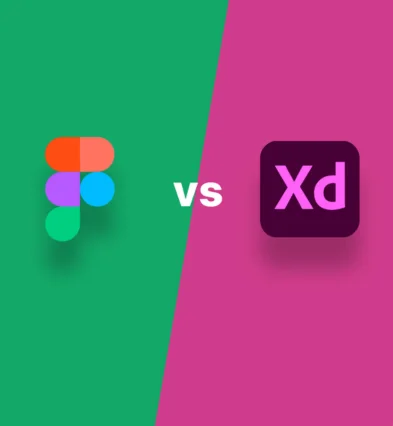
Adobe XD vs Figma: Which UI/UX Design Tool Wins for You?
Dive into our comprehensive comparison of Adobe XD vs Figma to help you choose the best platform for your UI/UX design, prototyping, and collaboration needs.
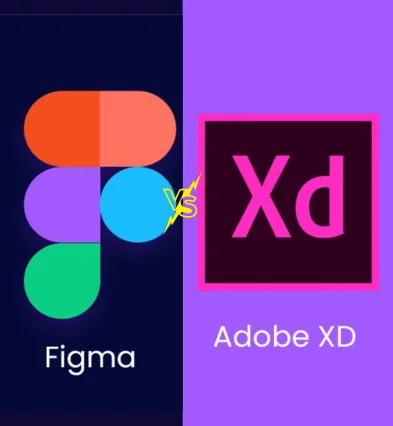
A Quick Look at Both Design Powerhouses
Adobe XD is a robust UI/UX design and prototyping tool, often favored by those already in the Adobe ecosystem, offering strong features for creating interactive experiences. Figma, on the other hand, is a revolutionary cloud-based platform known for its unparalleled real-time collaboration, allowing multiple designers to work together seamlessly in a web browser.
Adobe XD vs Figma: Key Differences at a Glance
Adobe XD |
|
|
|
|
|
|
Figma |
|
|
|
|
|
|
Detailed Comparison: Adobe XD vs Figma
Platform & Accessibility
- Adobe XD: Primarily a desktop application available for Windows and macOS. While it offers cloud document syncing and sharing, the core editing happens on your local machine. This means you can work offline, but it also requires software installation and updates.
- Figma: A cloud-first, browser-based application. This is its defining feature, allowing you to access your projects from virtually any device with an internet connection, without needing to install heavy software. Figma also offers optional desktop apps for a more native feel, but the core functionality remains web-driven.
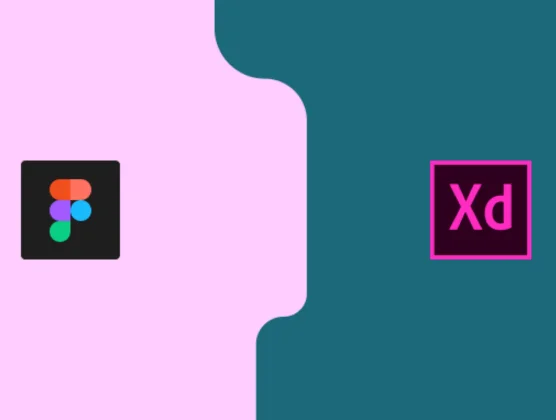
Collaboration Features
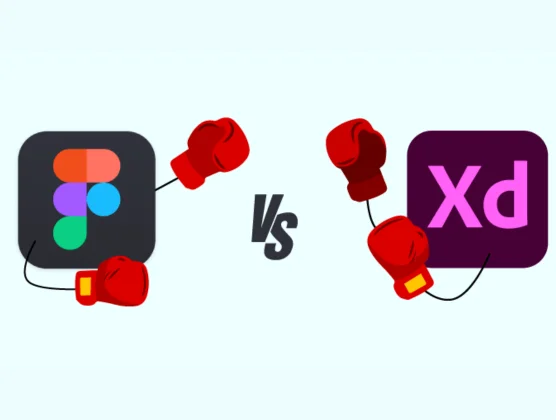
- Adobe XD: Provides robust collaboration features, allowing multiple designers to work on the same document. It offers coediting, shared cloud documents, and commenting. However, real-time collaboration can sometimes feel less seamless than Figma’s, often requiring saving and syncing.
- Figma: Unquestionably the leader in real-time collaboration. It’s built from the ground up for simultaneous multi-user editing, much like Google Docs. You can see other designers’ cursors and edits live, making pair design, team reviews, and instant feedback incredibly efficient. Features like shared team libraries and robust version history are also top-notch.
UI/UX Design Capabilities
- Adobe XD: Offers a comprehensive set of tools for UI design, including powerful vector editing, artboards, components (called “Symbols” and later “Components” with states), and responsive resize features. Its interface is clean and intuitive, often familiar to users of other Adobe products. It’s excellent for creating diverse screen designs and user flows.
- Figma: Boasts a similarly powerful set of design tools with robust vector editing, auto layout for responsive design, and an incredibly flexible component system (including variants). Its browser-based nature means features are often rolled out rapidly. Figma’s “Sticker Sheet” approach to design systems and its focus on shared styles make maintaining consistency across large projects very efficient.
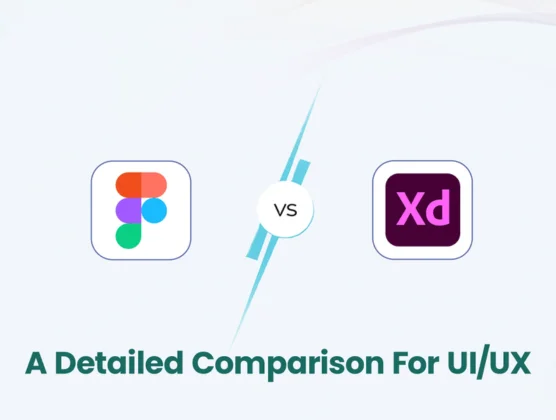
Prototyping & Animation
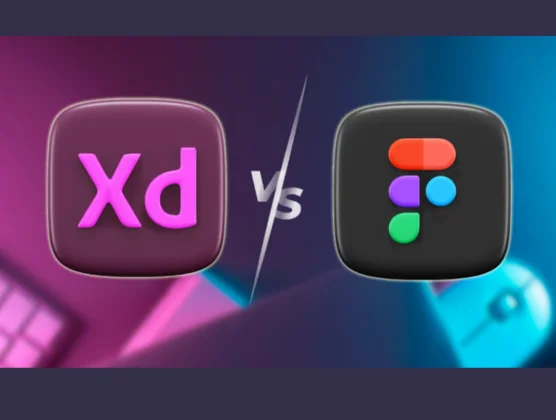
- Adobe XD: Features strong prototyping capabilities, allowing you to quickly create interactive flows, voice prototypes, and responsive resize artboards. Its “Auto-Animate” feature can create impressive micro-interactions and transitions with minimal effort, making it easy to bring designs to life and test user journeys.
- Figma: Also offers powerful prototyping features for connecting screens and creating interactive flows. While its built-in animation capabilities might require more manual setup compared to XD’s Auto-Animate, its “Smart Animate” feature is very capable. Figma’s community and plugins often extend its prototyping strengths, and its shareable web prototypes are highly effective for user testing.
Pricing Model
- Adobe XD: Typically offered through a subscription model, either as a standalone product or as part of the broader Adobe Creative Cloud plan, which includes access to Photoshop, Illustrator, and other apps. This can be cost-effective if you use multiple Adobe tools.
- Figma: Operates on a freemium model. It offers a generous free tier that’s perfect for individuals and small projects, allowing extensive use without payment. Paid plans unlock advanced features for teams, unlimited projects, and more robust collaboration tools, making it highly accessible to new users and startups.
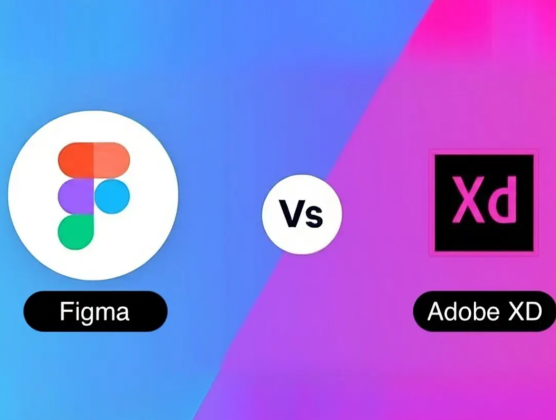
Which One is Right for You?
Choosing between Adobe XD and Figma depends on your team’s workflow and needs. Opt for Adobe XD if you’re deep in the Adobe ecosystem and value desktop apps with strong animation. Go with Figma for unparalleled real-time collaboration, web-based access, and a vibrant plugin community. Many teams even use both for different project stages.